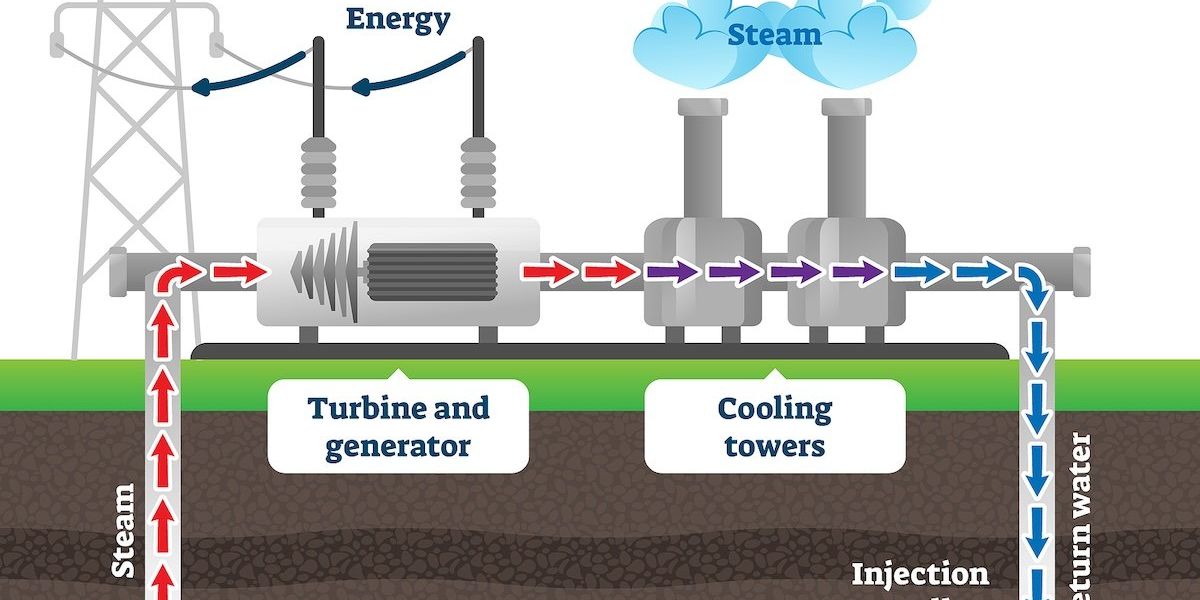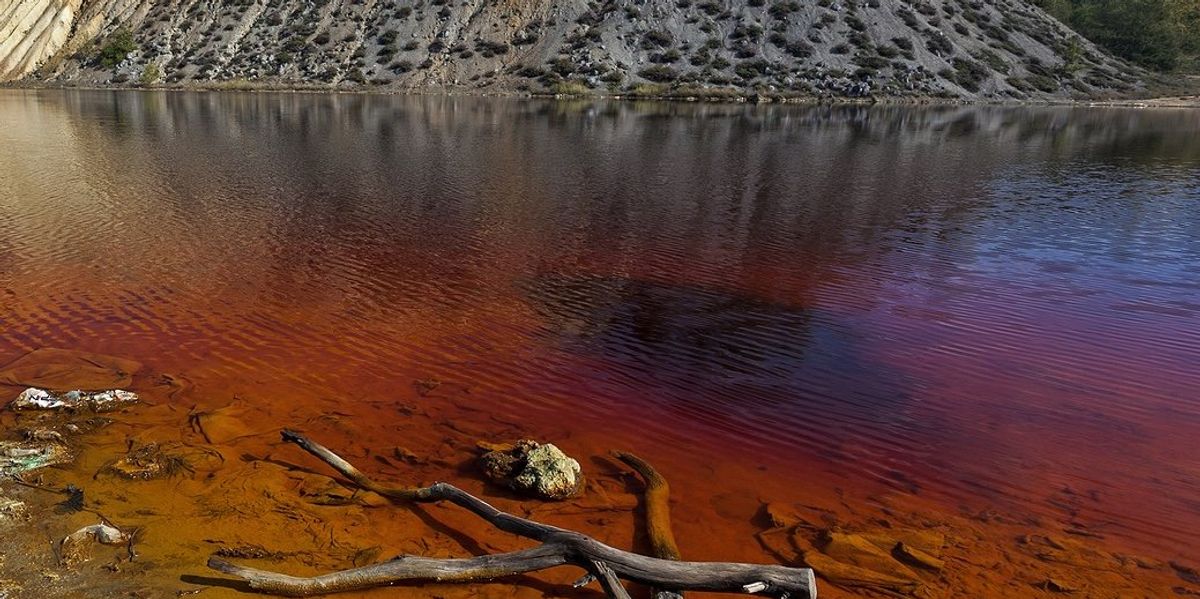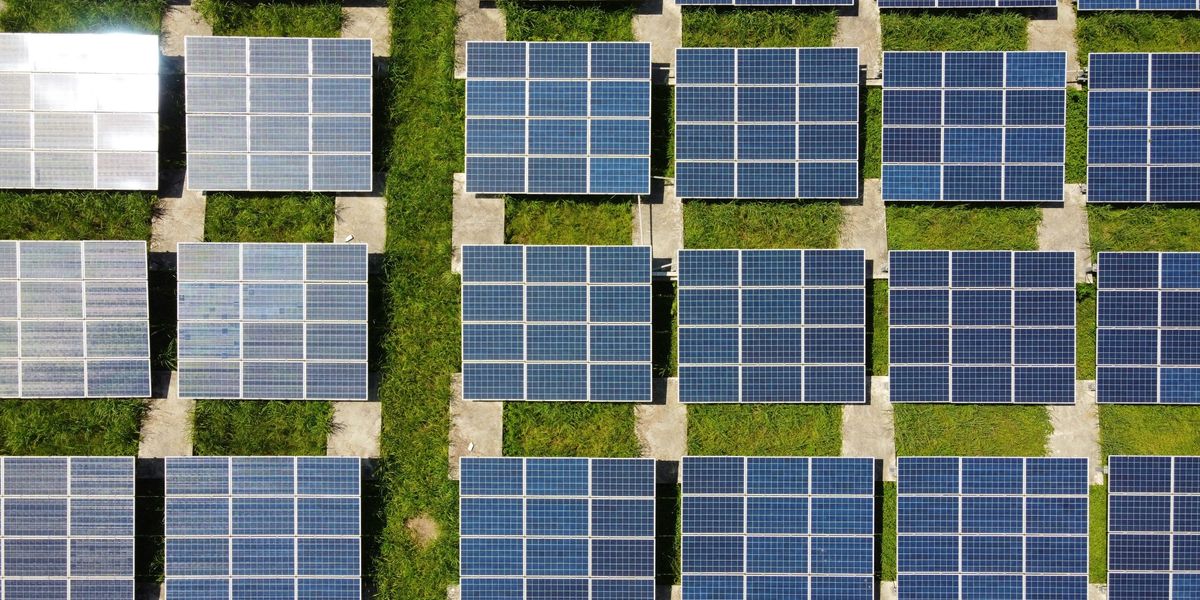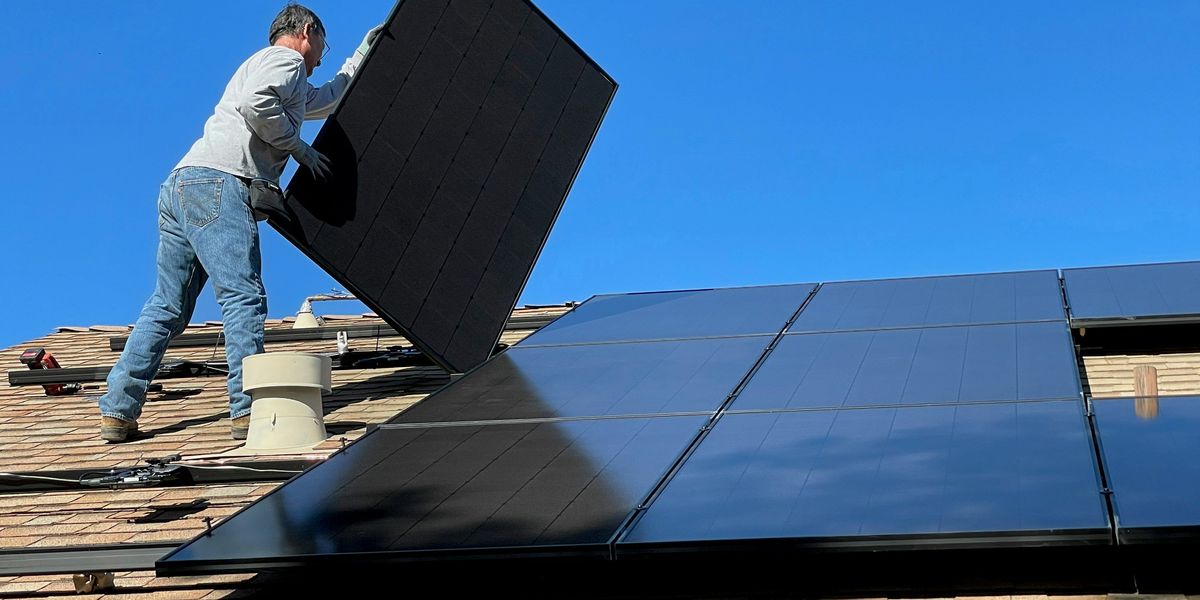
Urban micro-forests are reshaping cities and communities
A new wave of tiny, densely planted forests is spreading through cities worldwide, helping to combat pollution, restore biodiversity, and create much-needed green spaces for urban dwellers.
Flora Bowen reports for Euronews.
In short:
- Inspired by the Miyawaki Forest Technique, micro-forests are compact, fast-growing ecosystems planted in urban spaces, offering a local solution to global deforestation.
- These forests improve air and water quality, reduce urban heat, and support wildlife, making cities more livable while fostering human connection.
- Despite challenges like pollution and drought, organizations such as SUGi and Earthwatch Europe are successfully planting micro-forests in schools, parks, and even metro stations, proving that small-scale reforestation is possible.
Key quote:
“They become magnets for human connection... at a much deeper level, community members become stewards of the land itself.”
— Elise Van Middelem, Founder and CEO of SUGi
Why this matters:
Micro-forests offer a natural antidote to pollution, heat, and the creeping disconnect between humans and nature. Studies show these tiny forests improve mental health, reduce stress, and even boost local biodiversity in a way that manicured parks can't match. As climate change intensifies, urban forests are proving that even the smallest green spaces can offer sanctuary — for wildlife and for us.













